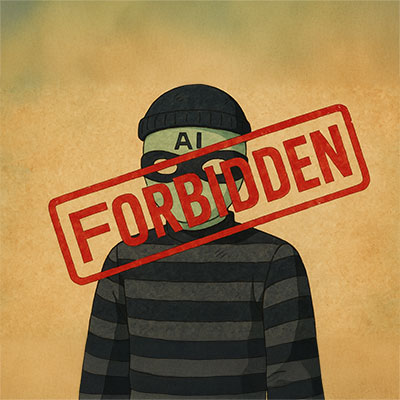In the rush to innovate, it’s tempting to cobble together various no-code tools to quickly deploy AI-driven solutions. However, this patchwork approach can lead to significant compliance and security pitfalls, particularly under stringent regulations like the EU’s AI Act and GDPR.
The Allure of No-Code Solutions
No-code platforms have democratised application development, enabling users without extensive coding knowledge to create functional apps through intuitive interfaces. This accessibility accelerates development and fosters innovation. Yet, when these platforms are stitched together without a comprehensive compliance strategy, they can become a regulatory minefield. appmaster.io

Integrating multiple no-code tools often involves data flowing between various platforms, each with its own security protocols and compliance standards. This complexity can obscure visibility into how data is processed and stored, making it challenging to ensure adherence to regulations like GDPR, which mandates strict data protection measures. As noted by Directual, a no-code platform, governance in no-code development is crucial to ensure compliance with laws and standards related to software development and maintenance. directual.com
Security Risks in the Patchwork Approach

Beyond compliance, stitching together disparate no-code tools can introduce security vulnerabilities. Each integration point is a potential weak link, and without rigorous vetting, these connections can expose sensitive data to breaches. According to DevOps.com, when citizen developers select no-code or low-code apps with little vetting, they can introduce security risks. DevOps.com
The EU AI Act categorises AI systems by risk level, imposing stringent requirements on high-risk applications. No-code AI solutions, especially those assembled from multiple tools, may inadvertently fall into higher risk categories if they lack transparency or fail to meet compliance standards. Ensuring that each component and integration complies with the Act is essential to avoid legal repercussions.
Best Practices for Compliance and Security
To navigate these challenges:
Conduct Thorough Assessments: Evaluate each no-code tool for compliance certifications and security standards before integration.
Implement Robust Governance: Establish clear policies for the use of no-code platforms, including development standards, approval processes, and deployment procedures. ey.com
Ensure Data Protection Alignment: Verify that data handling practices across all tools align with GDPR requirements, focusing on data minimisation, user consent, and the right to erasure.
Regular Compliance Audits: Schedule periodic reviews of your no-code integrations to identify and rectify any compliance gaps or security vulnerabilities.
While no-code tools offer a pathway to rapid innovation, a haphazard integration approach can jeopardise compliance and data security. Prioritising a strategic, well-governed deployment of these tools ensures that your organisation remains both innovative and compliant in the evolving digital landscape.
Final Thought
In essence, while the EU’s initiatives aim to create a conducive environment for AI innovation, startups must navigate these waters carefully. Compliance is not merely a box-ticking exercise but a fundamental aspect of sustainable and ethical AI development. By staying informed and integrating compliance into their core strategies, startups can position themselves for success in Europe’s regulated AI landscape.artificialintelligenceact.eu
Victor A. Lausas
Chief Executive Officer




